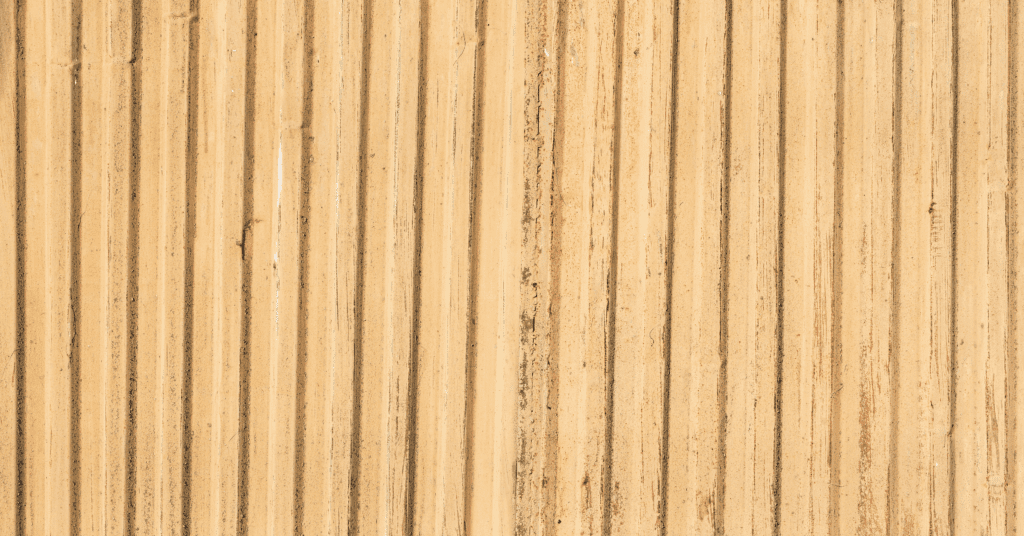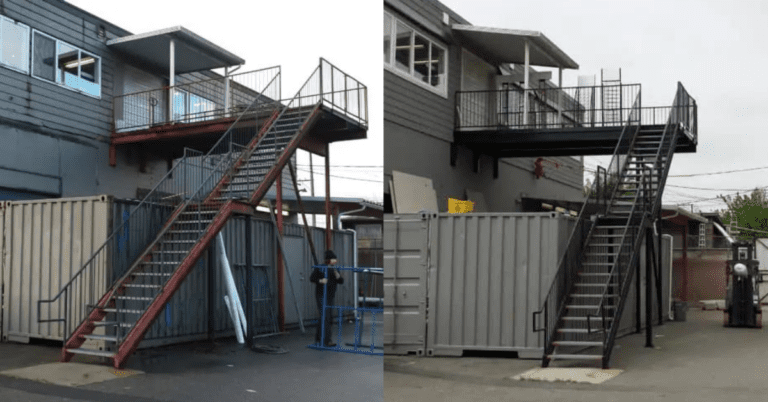Metal painting is a critical aspect of maintenance, providing protection against corrosion and deterioration while enhancing aesthetic appeal. However, achieving optimal results requires careful consideration of weather conditions, as environmental factors can significantly impact the painting process and the longevity of the finish. In this article, we’ll explore the weather considerations for painting metal in different seasons, highlighting the challenges and best practices of professional metal painters.
Understanding the Impact of Weather
Weather conditions play a crucial role in the success of metal painting projects, influencing factors such as drying time, adhesion, and overall finish quality. Here’s how various weather elements affect the painting process:
Temperature
Temperature directly impacts the viscosity and drying time of paint. Extreme temperatures, whether hot or cold, can compromise paint application and adhesion. High temperatures accelerate drying, potentially leading to uneven coverage and surface imperfections, while low temperatures slow down drying and may inhibit proper curing.
Humidity

Humidity levels affect the rate of evaporation and drying of paint solvents. High humidity prolongs drying times and increases the risk of paint running or sagging, while low humidity levels can cause paint to dry too quickly, resulting in poor flow and adhesion. Moderate humidity is generally preferable for achieving optimal paint application and finish quality. Selecting the right type of paint is critical for metal painting, similar to choosing a durable paint for humid environments like bathrooms. What type of paint should you use in a bathroom? discusses the importance of using the appropriate paint for different conditions.
Precipitation
Precipitation, such as rain or snow, poses a significant challenge to outdoor painting projects. Moisture on the metal surface can interfere with paint adhesion and cause issues such as blistering, peeling, or staining. Additionally, wet conditions may introduce contaminants onto the surface, compromising the integrity of the paint finish.
Painting Metal in Different Seasons
Each season presents unique weather conditions that metal painters consider when planning metal painting projects. Here’s a brief overview of weather considerations for different seasons:
Spring
Spring weather can be unpredictable, with fluctuating temperatures and variable humidity levels. Painters should schedule projects on dry days with mild temperatures to ensure proper paint adhesion and drying. Before embarking on a metal painting project, it’s essential to understand the sequence of painting for optimal results. When painting, should you paint trim or walls first? This knowledge can also be applied to metal surfaces to enhance the project’s outcome. Avoid painting during windy conditions to prevent dust and debris from affecting the finish.
Summer

Summer months typically offer warm temperatures and lower humidity levels, making them ideal for outdoor painting projects. However, painters should avoid painting during the hottest part of the day to prevent paint from drying too quickly. Optimal painting conditions are during mornings or evenings when temperatures are milder, and humidity levels are moderate.
Fall
Fall weather can be characterized by mild temperatures and increased moisture levels. Painters should plan projects on dry days with moderate temperatures to achieve optimal paint adhesion and drying. Be mindful of falling leaves and debris, which can land on wet paint surfaces and affect the finish.
Winter
Winter presents unique challenges for outdoor painting projects due to cold temperatures and high humidity levels indoors. Painters should schedule projects on dry days with milder temperatures (above 10°C) to ensure proper paint application and drying. If painting indoors, ensure proper ventilation to facilitate drying and minimize moisture buildup.
Conclusion
Metal painting requires careful consideration of weather conditions to achieve optimal results and long-term durability. Knowing the financial implications of painting projects is crucial, whether it’s a small metal piece or the entire interior of a house. The true cost to paint the interior of a house in the Greater Vancouver Area provides insights into budgeting for your painting needs. By aunderstanding the impact of temperature, humidity, and precipitation on the painting process, you and the metal painters at All Painting can plan your project accordingly and ensure professional-quality finishes regardless of the season. With proper preparation, attention to detail, and adherence to best practices, painting metal can effectively protect and enhance the appearance of metal surfaces for years to come. Just as the exterior of a home requires periodic repainting to maintain its aesthetic and protective qualities, metal surfaces also need regular maintenance. How often should you repaint your home’s exterior? can offer valuable guidance on scheduling your metal painting projects.

Whether you’re considering a metal painting project or any painting endeavor across the Greater Vancouver Area, the right team makes all the difference. At All Painting, we pride ourselves on delivering exceptional quality and durable finishes, no matter the season. Our expertise spans across various cities, ensuring professional painting services near you. Discover our dedicated Maple Ridge painters, Langley painters, Richmond painters, New Westminster painters, West Vancouver painters, North Vancouver painters, Port Coquitlam painters, Coquitlam painters, Port Moody painters, Surrey painters, Burnaby painters, and Vancouver painters ready to transform your metal surfaces into works of art. Don’t let the weather deter your painting projects. Contact us today to plan your project with the experts who know how to achieve the best results, regardless of the conditions.

